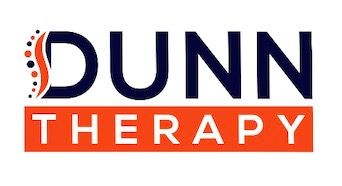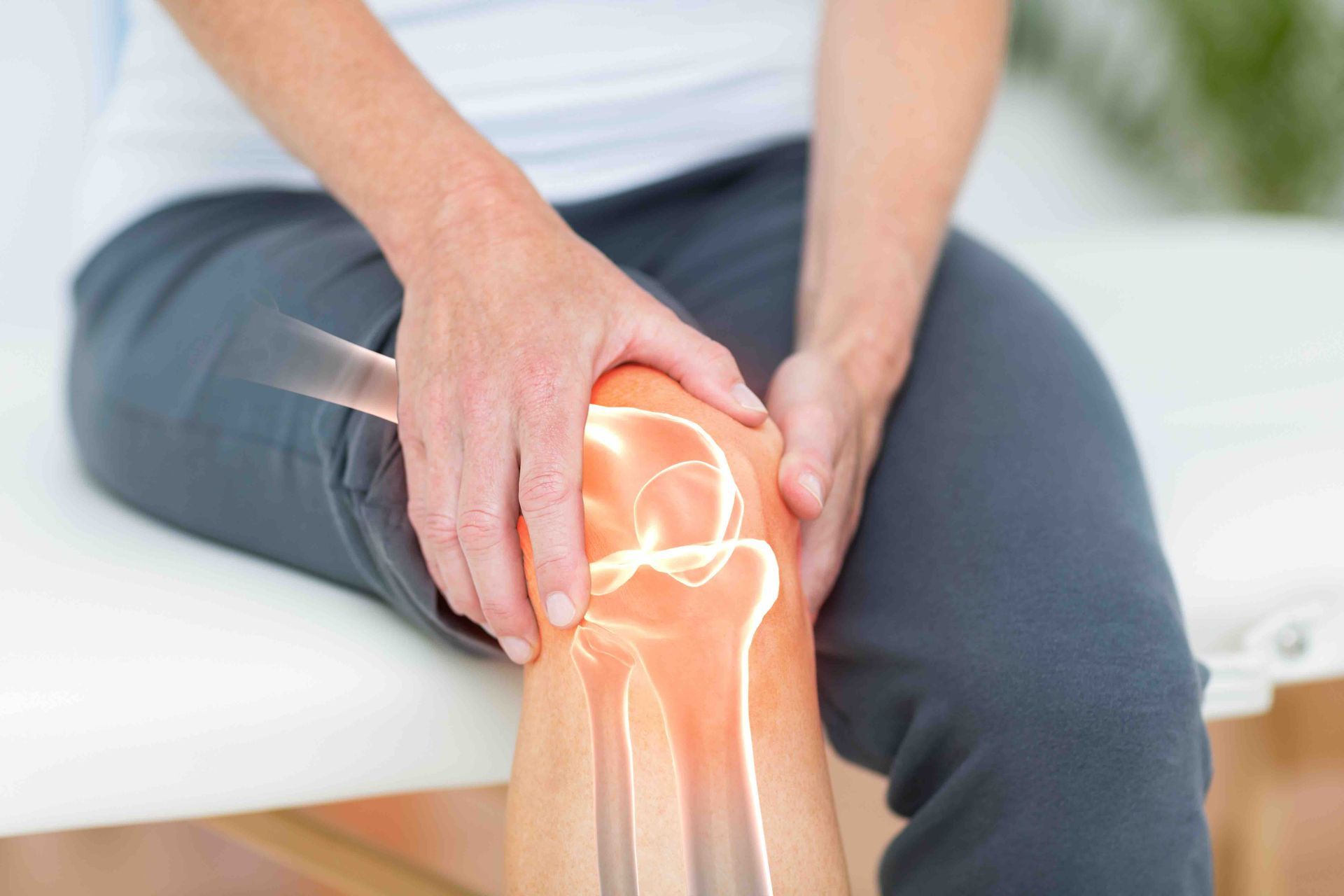
What Is Orthopedic Therapy
Orthopedic Therapy
Orthopedic therapy is an allied health specialty that deals with the treatment of musculoskeletal injuries, diseases, and disorders. It encompasses various techniques and approaches that seek to relieve pain, increase mobility, and help patients regain their normal functionality. In this blog post, we will be discussing orthopedic therapy in detail and its significance in the field of healthcare.
An Overview of Orthopedic Therapy
Orthopedic therapy is a branch of physical therapy that specializes in the evaluation, diagnosis, and treatment of conditions that affect the musculoskeletal system. This includes the muscles, bones, tendons, joints, and ligaments. Orthopedic therapy is also known as orthopedic rehabilitation and can involve various techniques such as exercise, manual therapy, education, and modalities such as ultrasound, heat therapy, and ice therapy.
Orthopedic therapy is usually prescribed to patients recovering from surgery, injury, or those with chronic conditions such as osteoarthritis, rheumatoid arthritis, or sports-related injuries. The goal of this therapy is to help patients improve their strength, flexibility, mobility, and function while reducing pain and discomfort. It also helps to prevent recurring injuries and promotes an active and healthy lifestyle.
Orthopedic Therapy Methods
Orthopedic therapy combines various techniques to create a comprehensive treatment plan tailored to meet the specific needs of the patient. These methods aim to address the root cause of the condition, relieve symptoms, and help patients regain their lost mobility. Some of the common techniques used in orthopedic therapy include:
1. Manual Therapy - This involves hands-on techniques such as joint mobilization and manipulation, soft tissue mobilization, and massage that help to reduce pain, increase mobility, and improve function.
2. Exercise Therapy - This involves a combination of therapeutic exercises such as stretching and strengthening exercises that target specific muscle groups, improve flexibility, and enhance joint stability and endurance.
3. Modalities - This includes the use of physical agents such as heat, cold, and electrical stimulation to reduce inflammation, relieve pain, and promote healing.
4. Patient Education - This includes educating patients on proper posture, body mechanics, and lifestyle modifications to prevent recurring injuries and promote overall health and wellness.
Benefits of Orthopedic Therapy
Orthopedic therapy offers numerous benefits to patients with musculoskeletal conditions. Some of the significant benefits include:
1. Pain Relief - Orthopedic therapy helps to alleviate pain and discomfort associated with musculoskeletal conditions using various techniques such as manual therapy, modalities, and exercise therapy.
2. Improved Mobility - Orthopedic therapy helps to improve flexibility, range of motion, and joint mobility, allowing patients to perform their daily activities with ease.
3. Increased Strength and Endurance - Orthopedic therapy helps to improve muscle strength, endurance, and stability to prevent future injuries and improve overall physical function.
4. Enhanced Quality of Life - Orthopedic therapy contributes to overall health and wellness and helps patients lead an active and fulfilling life.
Conclusion
Orthopedic therapy plays a critical role in the recovery and rehabilitation of musculoskeletal conditions. It focuses on improving function, reducing pain, and enhancing mobility using various techniques such as manual therapy, exercise therapy, modalities, and patient education. Through orthopedic therapy, patients can regain their independence, live an active lifestyle, and enjoy a better quality of life.
Schedule An Appointment!
4819 Riverside Drive, Suite C
Danville, Virginia
24541
f: (434) 554-3030



